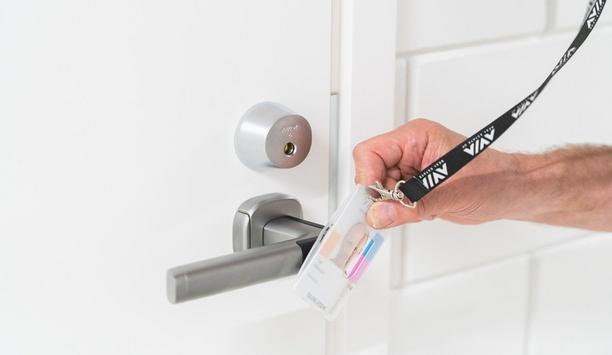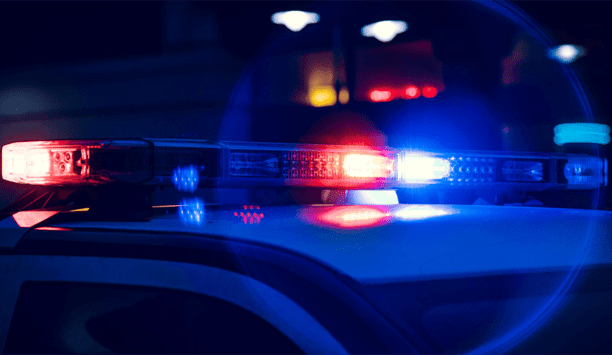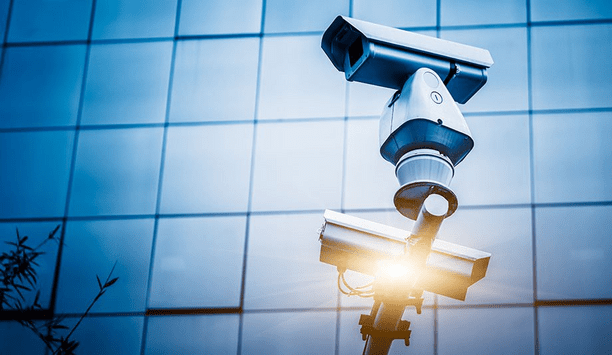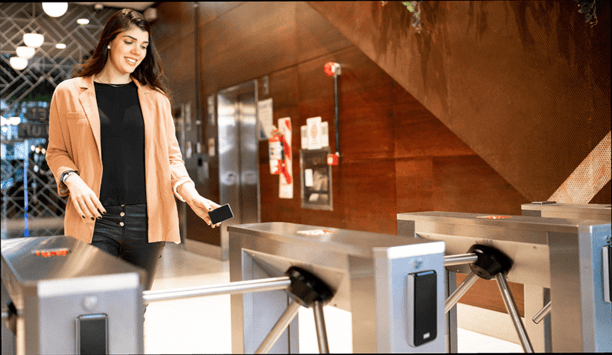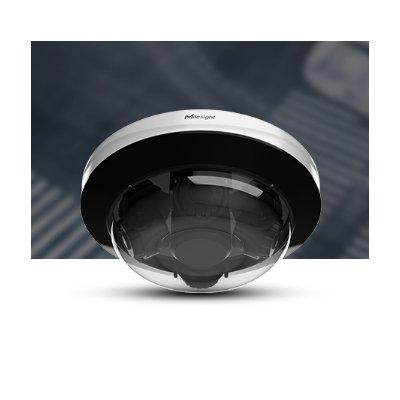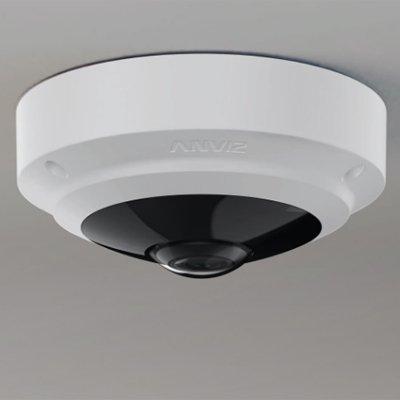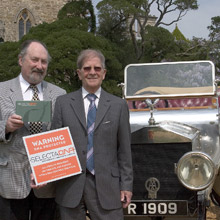 Cars at one of Britain's most prestigious motor museums are being protected with a breakthrough security product which contains DNA.
Cars at one of Britain's most prestigious motor museums are being protected with a breakthrough security product which contains DNA.
The collection at the National Motor Museum, Beaulieu, worth in the region of 50 million pounds, is being painted with a glue which contains segments of unique genetic code, as part of their ongoing security.
The museum, in the heart of the New Forest in Hampshire, recently launched the innovative new marking scheme. Now the museum's team of technicians are in the process of dabbing the vehicles, plus thousands of rare parts and tools, with the glue. Despite the complexity of the product, household kits cost just 49 pounds. Just a tiny amount of the compound, called SelectaDNA, is enough to identify an object as belonging to its owner.
Security company Selectamark came up with the DNA-based product after years of research and development. SelectaDNA is built from the same four distinct chemicals that make up naturally occurring, organic DNA chains. Just like in the natural equivalent, it is the sequence of these four chemicals within SelectaDNA molecules which makes them unique.
State-of-the-art DNA identification technology enables the police to identify the owner of a valuable object from tiny traces of the glue. Scientists have also ensured that it cannot be read or replicated by 'locking' the ends of each DNA chain.
Business Development Director, Jason Brown, described how the security marker worked. He said: "It contains DNA, just as we have DNA in our bodies. That DNA sequence is completely unique for each customer. It's locked at both ends, so it cannot be unravelled or duplicated. It can only be read by our authorised laboratory."
"The product contains four elements. Firstly, there's the water-based adhesive which carries the DNA. Secondly, there's an ultra-violet 'tracer' - so you can only find SelectaDNA by shining a UV light on it."
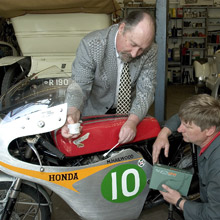 "Thirdly, there are thousands of microdots, which are each smaller than a pin head. They include a unique code and a freephone number to a police and insurance approved database. Finally, and most importantly, there's the DNA code itself."
"Thirdly, there are thousands of microdots, which are each smaller than a pin head. They include a unique code and a freephone number to a police and insurance approved database. Finally, and most importantly, there's the DNA code itself."
SelectaMark's motoring security consultant Ken German added: "Just a tiny amount of this glue is enough. It's most impressive."
Mr German said the glue could be painted into cracks in a vehicle and was virtually impossible to remove.
The Beaulieu team hope it will deter thieves from trying to steal one of their prized cars. The collection includes top exhibits such as Donald Campbell's record-breaking Bluebird, which reached 403 mph in 1964; two record-breaking Sunbeams from the 1930s; two Rolls Royce Silver Ghosts and a unique 'Knight' motorcar dating back to 1895. More modestly the collection also includes the Mini driven by Rowan Atkinson in his Mr Bean TV series and movies.
Doug Hill, Museum Manager and Chief Engineer of the National Motor Museum, Beaulieu explained why they needed the extra security: "We have been waiting and watching the market for years to find something suitable, that's non-intrusive to our internationally important collection of vehicles."
"We didn't want a stamp number or anything like that which would damage the vehicles. We can dab it all over the place, even inside engine casings. It's virtually invisible to the naked eye which we believe to be ideal. We want to raise the profile of this new method. We have to deter theft, because the theft of classic cars and parts is becoming a big issue."
"We have strong security here at Beaulieu however our vehicles appear all over the world at rallies, shows and events, so if we publicise the fact that our collection is forensically marked in this way, it's going to be very off-putting to any criminals."
"It's organised, determined theft that we are after. If someone is determined to steal something, they will. But if they target a vehicle that has been marked in this way, where they know they won't get the markings off, it's got to be a big deterrent."





